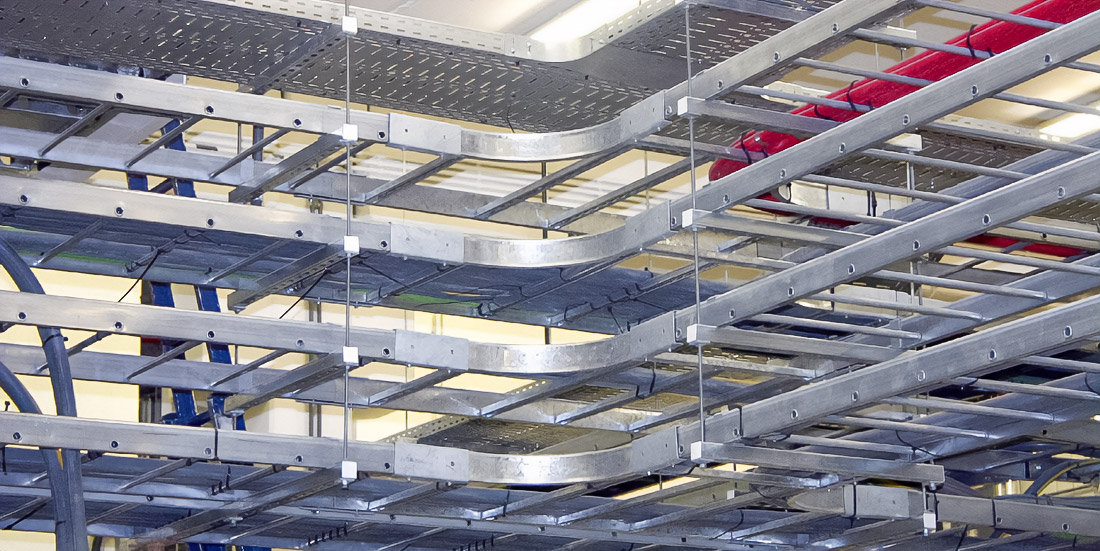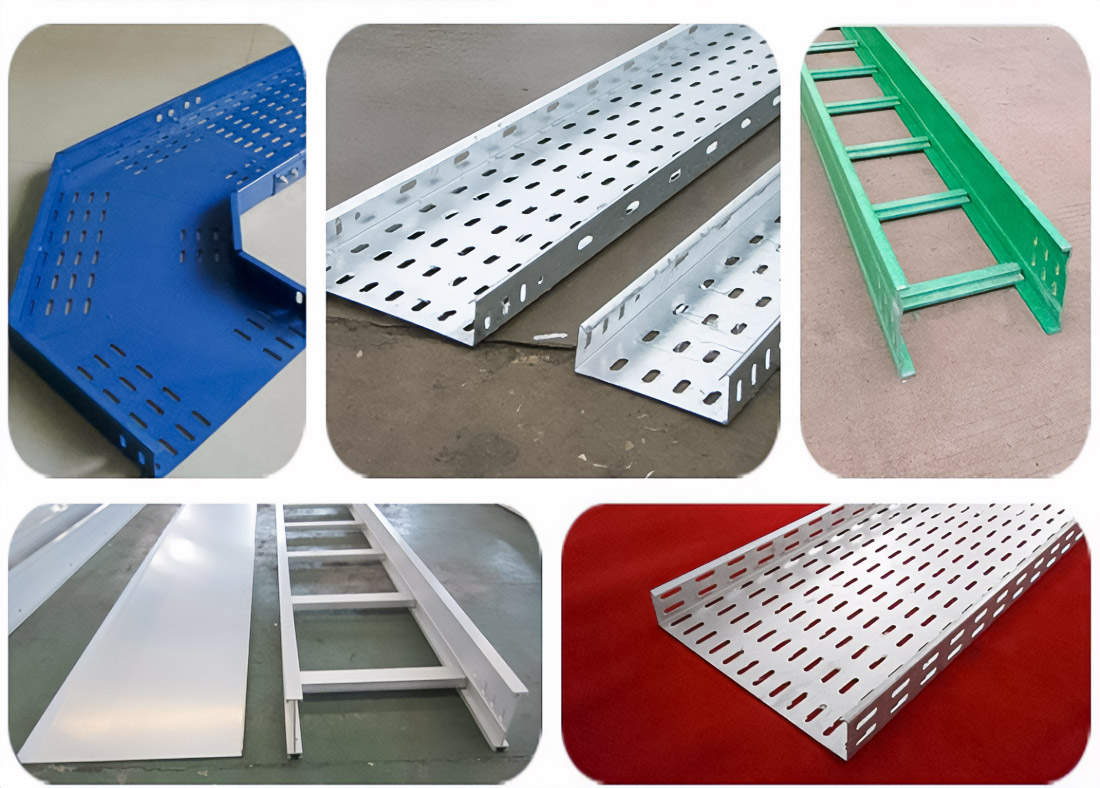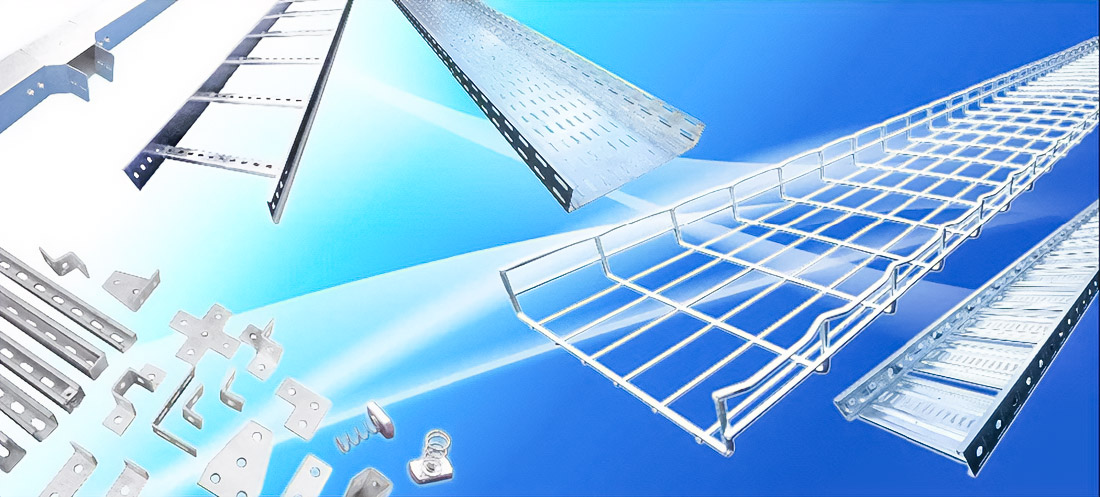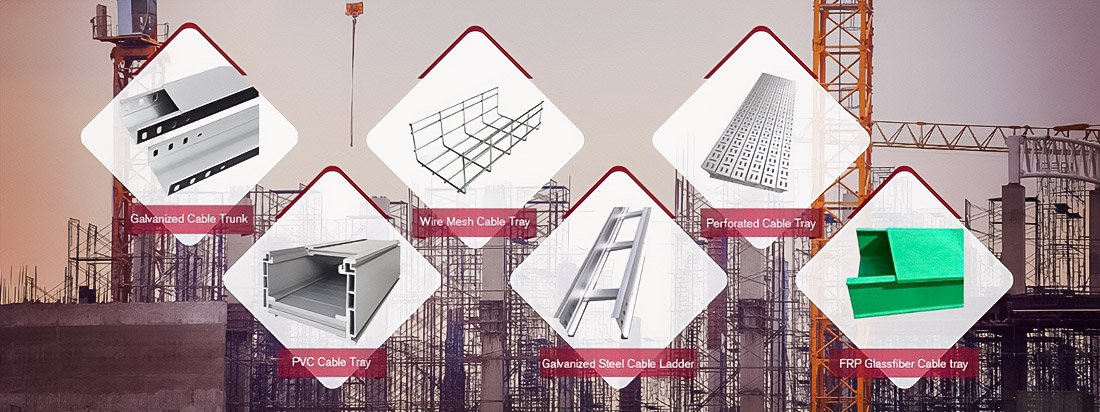Hot-rolled and Cold-bent Stainless C-shaped Profiles: Complete Comparison and Analysis
Market stainless C-shaped profiles offers two main methods production: hot-rolled and cold-bent profiles. These two methods have their advantages and disadvantages, what makes their choice important aspect in construction and engineering. In this article we consider their features and areas application, to help you make informed decision.
stainless steel c channel play an important role in various projects thanks to their strength and resistance to corrosion.
Revolutionary Methods Production: Comparative Review

Hot-rolled Stainless C-shaped Profiles: Art High Temperatures
Creation of hot-rolled profiles begins with heating billet from stainless steel to temperatures exceeding 1000°C. This process includes subsequent rolling billet through a series of powerful rolls, which give it the necessary contours. Such a method guarantees high strength and uniformity of structure material, which makes profiles ideal for use in constructions that undergo extreme loads. However, as shown in studies, the accuracy dimensions of these profiles are somewhat inferior to those of their cold-bent counterparts.
Cold-bent Stainless C-shaped Profiles: Modern Approaches Without Heating
Cold-bent profiles are produced in conditions at room temperature, which allows for achieving more accurate dimensions and thinner walls. Such a method also contributes to the reduction of the weight of finished construction. However, exist risks of occurrence of internal stresses due to the absence of thermal processing, which can affect final mechanical characteristics.
Unveiling Scientific Comparison Mechanical Properties
Strength and Flexibility: Where Find Innovative Solutions
Hot-rolled profiles demonstrate impressive resistance to rupture and protection from mechanical impacts. This is due to their popularity in projects requiring impeccable reliability. On the other hand, the flexibility of cold-bent profiles makes them ideal for implementations, requiring high precision.
Resistance to Corrosion: Question in Details
Both types of profiles are made from stainless steel, which provides high corrosion resistance. Hot-rolled products can boast even higher resistance thanks to the dense structure achieved in the process of rolling.
Practical Application: Implementation in Life Modern Projects

More about bridges and their construction
Hot-rolled Profiles: Supports More Than Just Constructions
These profiles most often find their place in serious constructions, such as bridges, buildings, and other large-scale structures. Engineers choose them for the creation of chassis trucks, where reliability and stability play decisive roles.
Cold-bent Profiles: Invisible Heroes Light Constructions
Used for the creation of shelving, frameworks under drywall, and in the production of simple equipment, cold-bent profiles gain popularity thanks to their precision and lightness. They contributed to the manufacture of furniture, providing elegance and functionality.
Pros and Cons: Evaluation and Analysis
Unraveling Hot-rolled Profiles: Advantages and Pitfalls
- Advantages: High strength, uniform structure and excellent corrosion resistance. Without this, we cannot imagine serious construction projects.
- Disadvantages: Large dimensions and weight can increase the costs of transportation and installation. This aspect requires attention when planning a budget project.
Cold-bent Profiles: Shedding Light on Advantages and Disadvantages
- Advantages: Lightness and precision of performed forms make them favorites for light constructions.
- Disadvantages: Possible internal stresses, which should be considered when designing constructions with high loads.
Real Examples: Successful Use in Record Time
About project bridge Golden Gate
Hot-rolled Profiles: Silhouettes Splendor
In project bridge Golden Gate in San Francisco, hot-rolled profiles play a key role in ensuring unbreakable strength construction.
Cold-bent Profiles: Excellence in Aesthetics and Functionality
Light partitions in shopping malls and office premises do not do without these profiles, thanks to which they acquire an elegant appearance.
Final Analysis and Recommendations on Choice
The particular project will determine whether to use hot-rolled or cold-bent profiles. Hot-rolled profiles should be preferred for tasks that call for strength. However, cold-bent profiles are the best option if accuracy and economy are crucial.
Designers and engineers must carefully evaluate the features and requirements of their projects to choose the best profile. This will not only increase the efficiency of implementation projects but also reduce costs.

I am an award-winning freelance writer who specializes in finance topics. With over ten years of experience.

